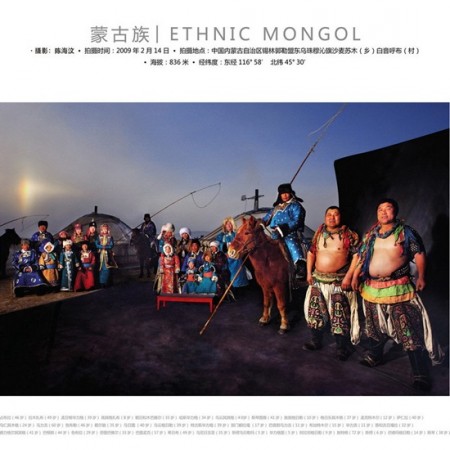The plight of Haiti is on the front pages with the latest disaster. Starting with the first and only, I believe, successful slave rebellion, the nation was founded with such promise. Sadly, however, most of Haiti’s history since then has been tragic. A series of disfunctional, corrupt governments were not helped by almost continuous intervention by the European and American powers. The result, the poorest nation in the Western hemisphere. David Rudder, a Caribbean song writer and singer, captures the sadness of this history and the current abdication of responsibility of its neighbors in the song Haiti.
… this was the first Republic in the New World. The first free Republic and led by a slave. You can’t get more intense than that and look where it’s at now. … it’s also saying to people in the Caribbean that we were brought here on the same ship, but the English speaking Caribbean does not know what is going on in the Spanish speaking Caribbean and vice versa or the French speaking Caribbean. We are looking outwards to different places and at the end of the day all we have is ourselves. The wider societies don’t really have time with us again.


